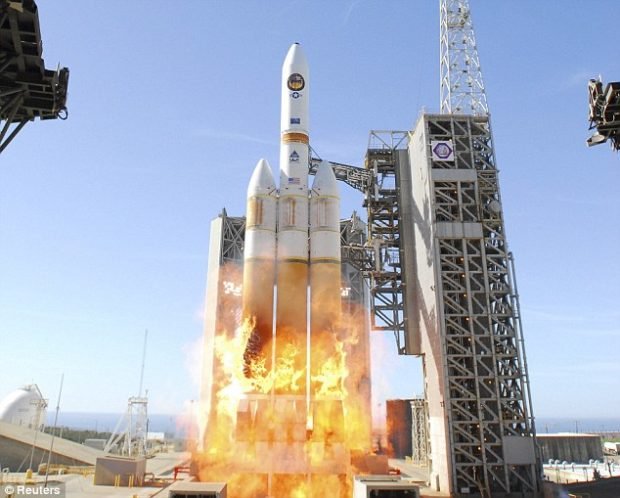Watch: How NASA’s Parker Solar Probe Will Survive the Sun
NASA’s Parker Solar Probe is heading to the Sun this summer. Over the course of seven years of planned mission duration, the spacecraft will make 24 orbits of our star. On each close approach to the Sun it will sample the solar wind, study the Sun’s corona, and provide unprecedentedly close up observations from around our star — and armed with its slew of innovative technologies, we know it will keep its cool the whole time.
Thermal Protection System Engineer Betsy Congdon (Johns Hopkins APL) outlines why Parker can take the heat.
The TPS was designed by the Johns Hopkins Applied Physics Laboratory, and was built at Carbon-Carbon Advanced Technologies, using a carbon composite foam sandwiched between two carbon plates. This lightweight insulation will be accompanied by a finishing touch of white ceramic paint on the sun-facing plate, to reflect as much heat as possible. Tested to withstand up to 3,000 F (1,650 C), the TPS can handle any heat the Sun can send its way, keeping almost all instrumentation safe.
But not all of the Solar Parker Probe instruments will be behind the TPS.
Poking out over the heat shield, the Solar Probe Cup is one of two instruments on Parker Solar Probe that will not be protected by the heat shield. This instrument is what’s known as a Faraday cup, a sensor designed to measure the ion and electron fluxes and flow angles from the solar wind. Due to the intensity of the solar atmosphere, unique technologies had to be engineered to make sure that not only can the instrument survive, but also the electronics aboard can send back accurate readings.
The Parker Solar Probe is scheduled for an August 6 launch aboard a Delta IV-Heavy rocket from Cape Canaveral Air Force Station in Florida.




